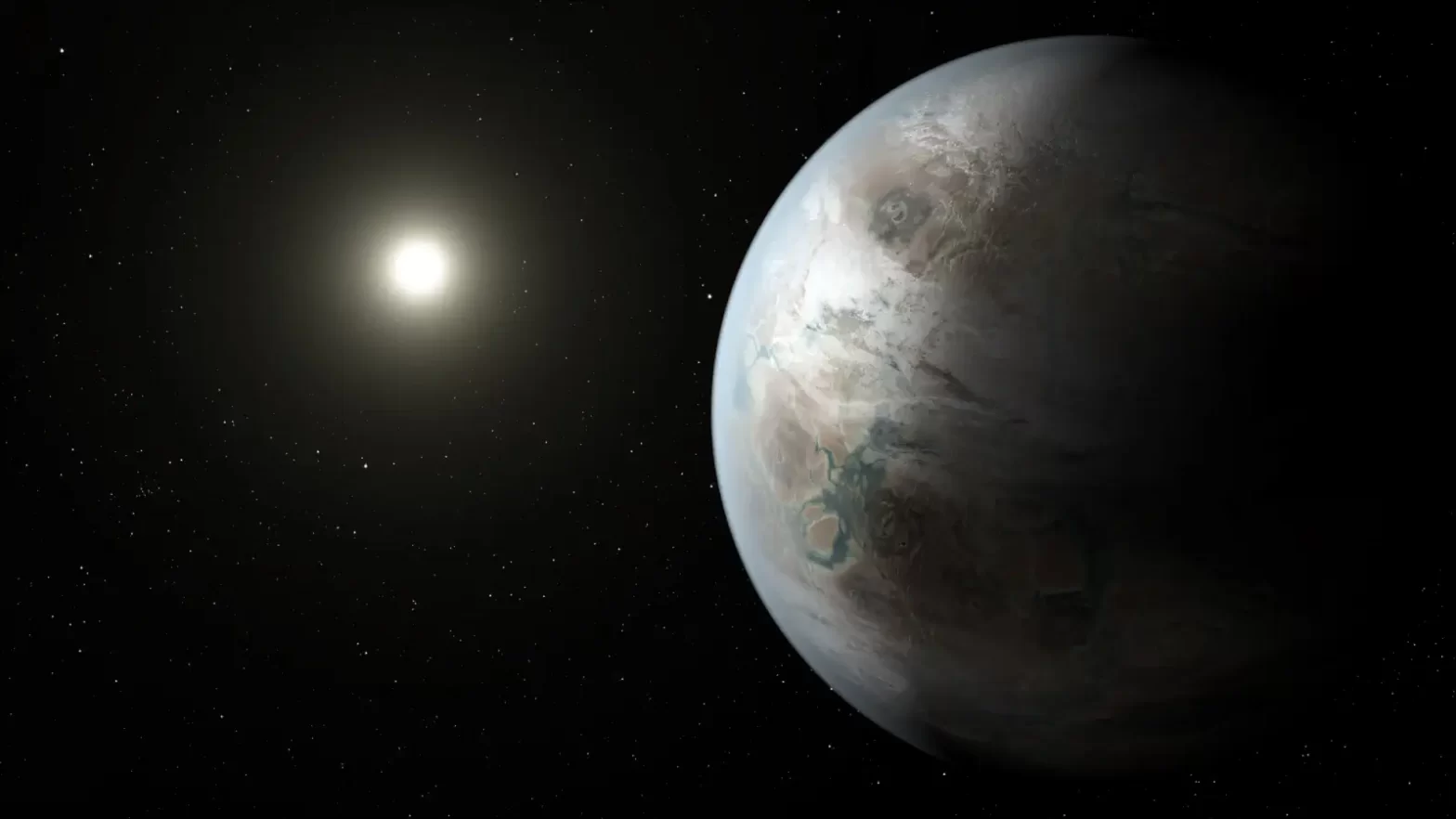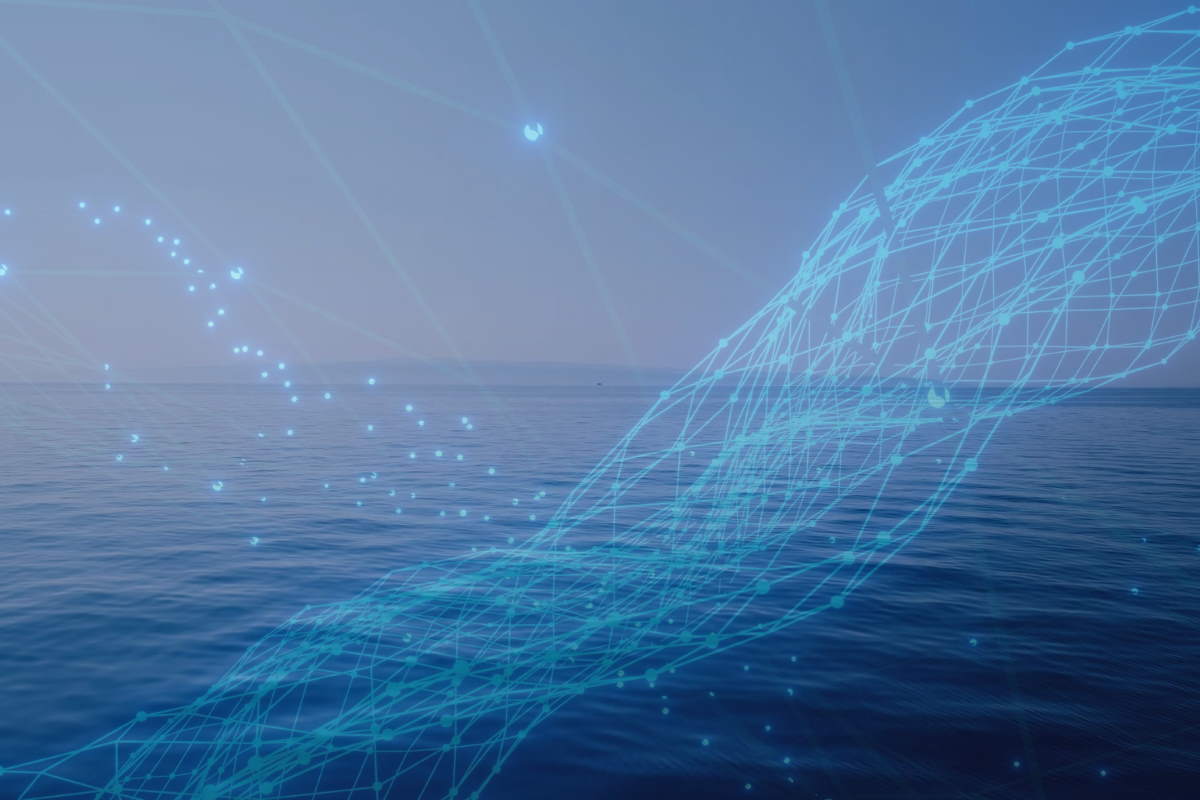Discovered on January 6, 2015, Kepler-442b is a near-Earth-sized exoplanet. Most probably it is a rocky planet and it orbits its star, Kepler-442, within the habitable zone. According to some sources, including Wikipedia, it is an even more habitable planet than Earth. But, that’s not the case, and this claim is just an inaccurate interpretation of a 2015 study. Here’s why.
Continue reading “No, we didn’t find a more habitable planet than Earth”AI Successfully Controls Plasma in Nuclear Fusion Experiment. Are we finally close to the Fusion Power?
To keep Earth from dangerous ongoing global warming, the world is looking for an energy source without CO2 emissions. There is actually a dream candidate: successfully achieving nuclear fusion holds the promise of delivering a limitless, sustainable source of clean energy.
Continue reading “AI Successfully Controls Plasma in Nuclear Fusion Experiment. Are we finally close to the Fusion Power?”How To Align Business Strategy With Sustainability Goals
In the ongoing fight against climate change, businesses everywhere are doing what they can to help reduce their carbon footprints and shift to more sustainable options. However, not all companies are immediately capable of bringing in experts and making the shift to environmentally and socially responsible alternatives.
Continue reading “How To Align Business Strategy With Sustainability Goals”10 Amazing Koala Facts
Koala (Phascolarctos cinereus) is an arboreal herbivorous marsupial native to Australia. They can be found in coastal areas of the Australian mainland’s eastern and southern regions. Here are 10 amazing koala facts.
Continue reading “10 Amazing Koala Facts”Here’s why light slows down in water or glass [best explanation]
It’s a well-known fact that light slows down in water or glass, or any other transparent medium. Even more interestingly, after leaving that medium, it goes back to its original speed. Yes, it speeds up! But, how could that happen? Why does light slow down in water or glass, and why and how does it increase its speed once it left the medium? Where does that extra energy come which speeds it up again?
Continue reading “Here’s why light slows down in water or glass [best explanation]”All the “tree of life” was unveiled online, and it’s stunning!
It’s like the Google Earth of Evolution: OneZoom Tree of Life Explorer enables you to navigate all the leaves and branches of life on Earth, and how all the species are related. By using the tool, you can go back (or forward) in time via common ancestors.
Continue reading “All the “tree of life” was unveiled online, and it’s stunning!”Orion Nebula: See how big it is [and the new James Webb image]
This stunning video by “Epic Spaceman” shows how big the Orion Nebula is compared to our Sun. According to the creator, it took 6 months to prepare this video.
Continue reading “Orion Nebula: See how big it is [and the new James Webb image]”James Webb Space Telescope (JWST) takes its first photo (and a selfie!)
NASA’s James Webb Space Telescope (JWST) took its first photo today (February 11, 2022). Despite we see multiple stars on the photo, the image is actually a mosaic of 18 images of the same star, HD 84406, which will now be used to align the 18 segments of the primary mirror to ultimately produce a single image of that star. The new space telescope also took its own selfie!
Continue reading “James Webb Space Telescope (JWST) takes its first photo (and a selfie!)”Who Owns the Most Satellites in Space?
There are 4,550 satellites orbiting around the Earth right now. They serve a variety of purposes including providing internet access, global positioning, and space observation. While some of these satellites are operated by government organizations, other satellites are owned by private organizations. Which companies and countries own the most of these satellites?
Continue reading “Who Owns the Most Satellites in Space?”Scientists are building digital twins of the ocean
Before the term “digital twin” was first used twenty years ago (see notes 1), engineers at NASA were already developing ground-based replicas of spacecraft infrastructure. Today’s manufacturers are also seeing double, taking advantage of digital duplicates to better understand and predict product performance. Now the European Union (EU) scientists are looking to apply the same principles to the natural world and building more and more digital twins of the ocean.
Continue reading “Scientists are building digital twins of the ocean”








